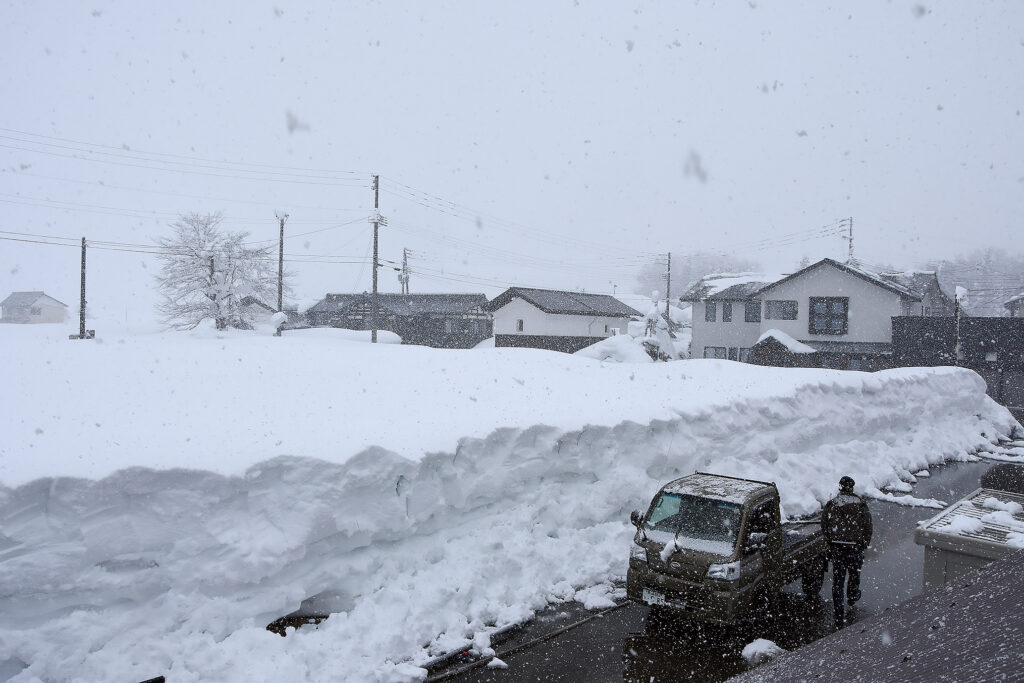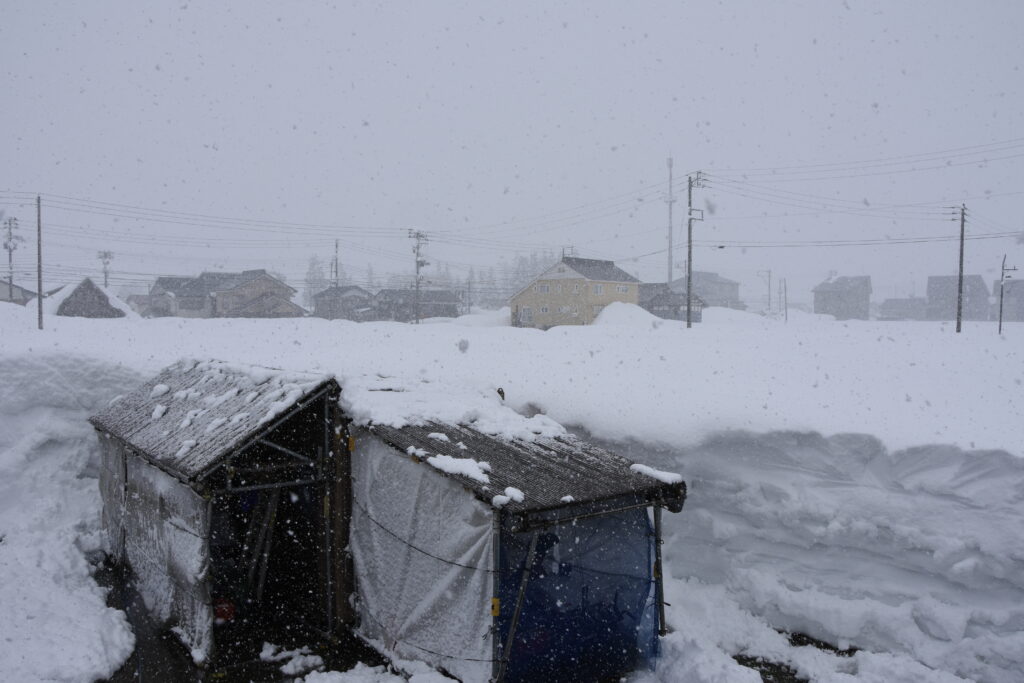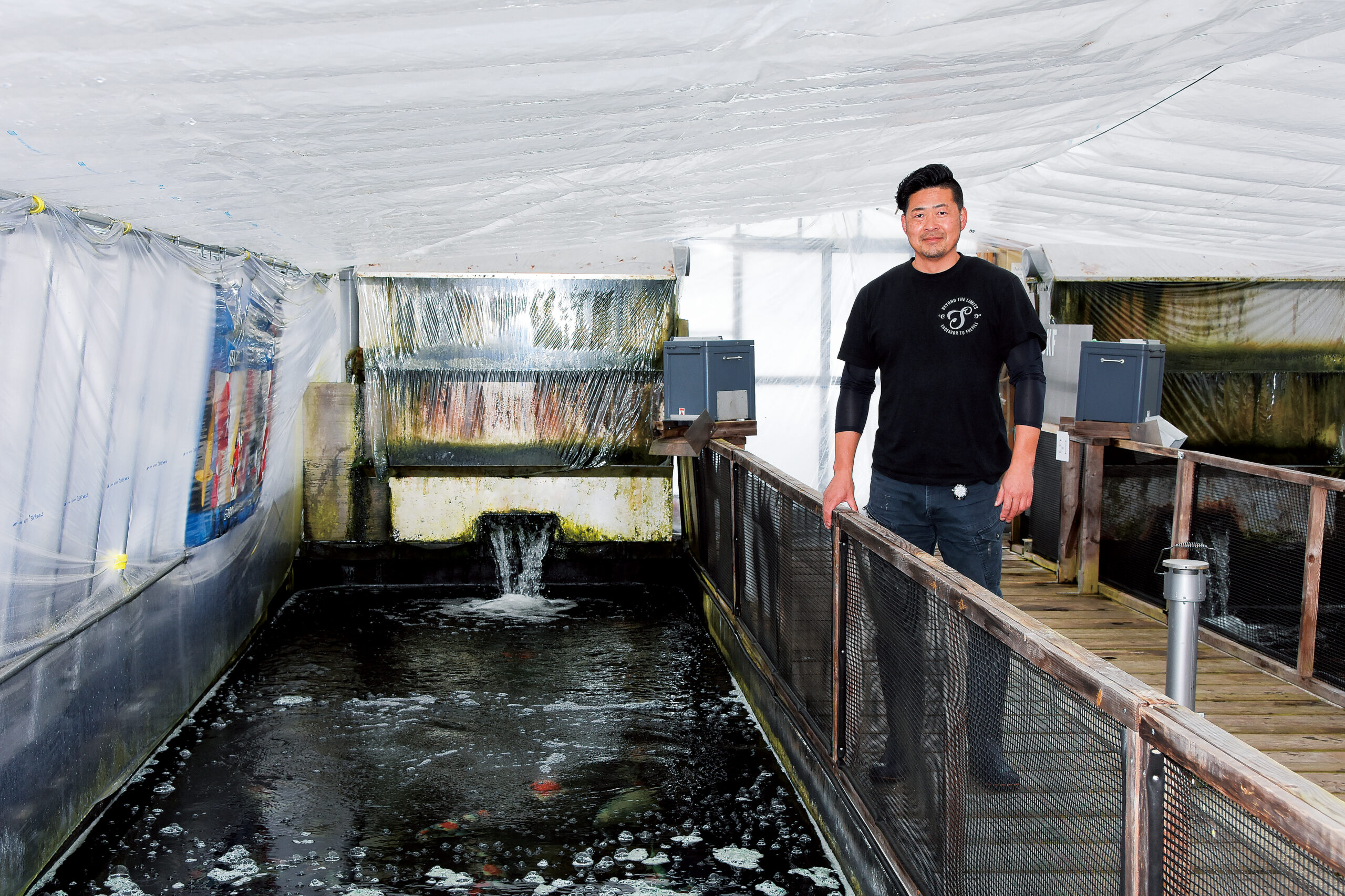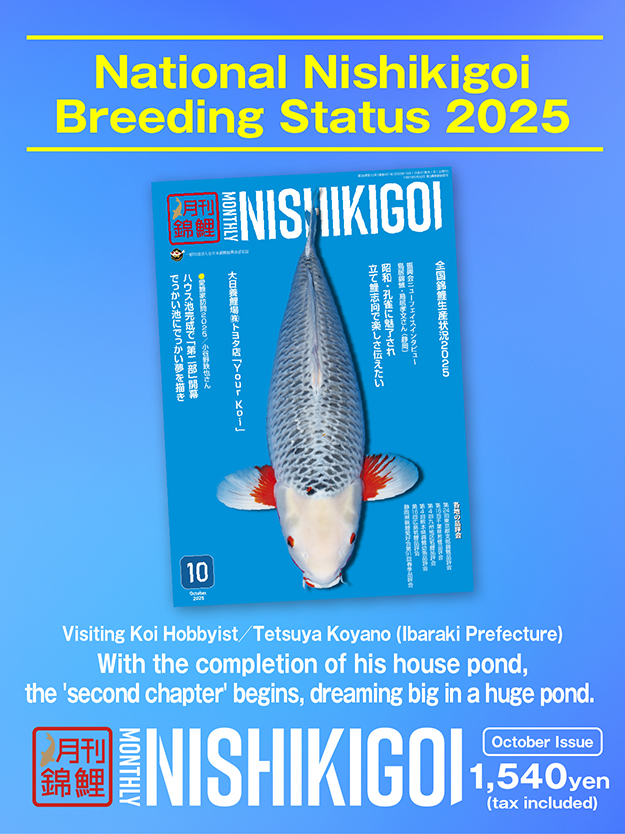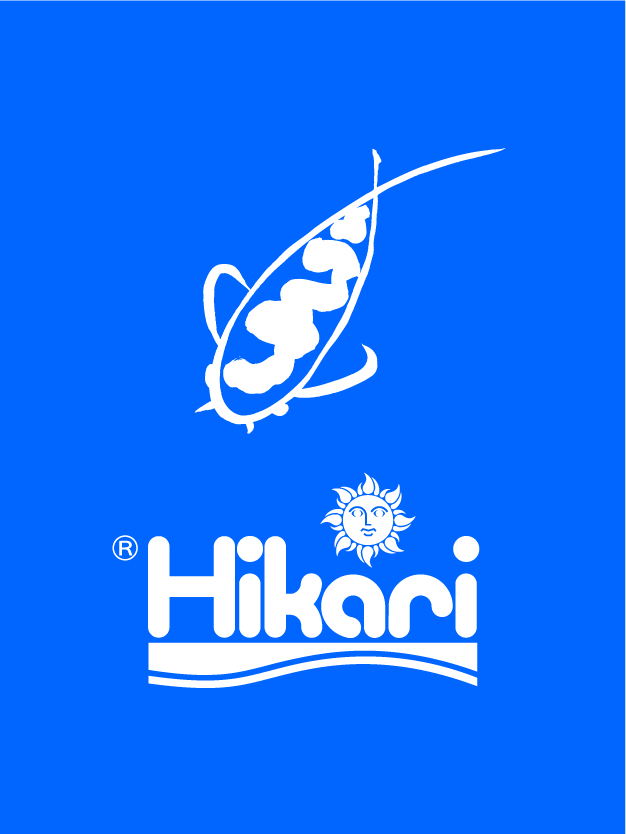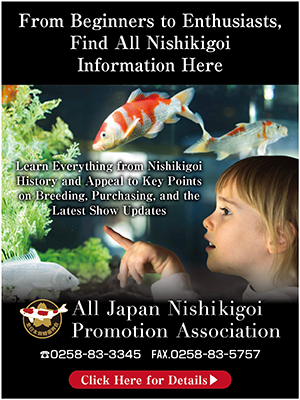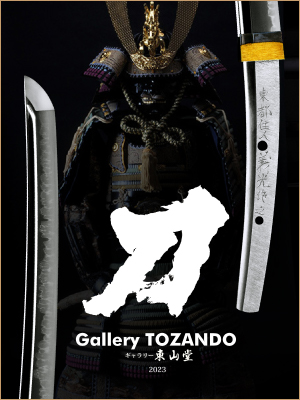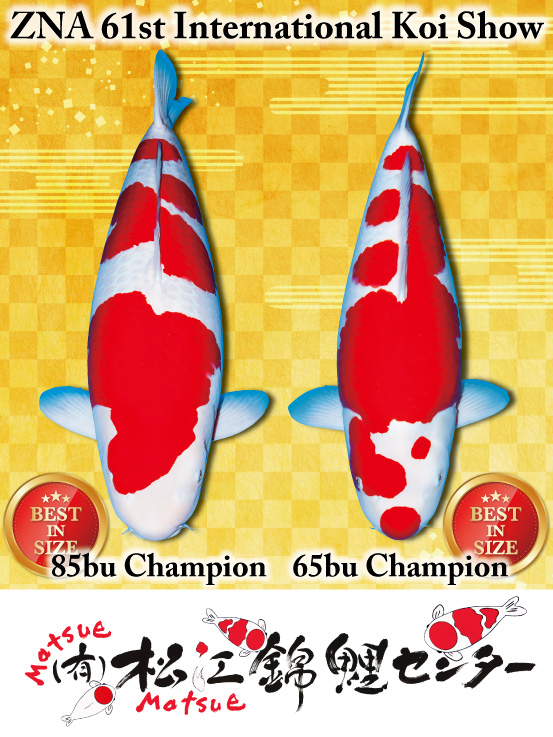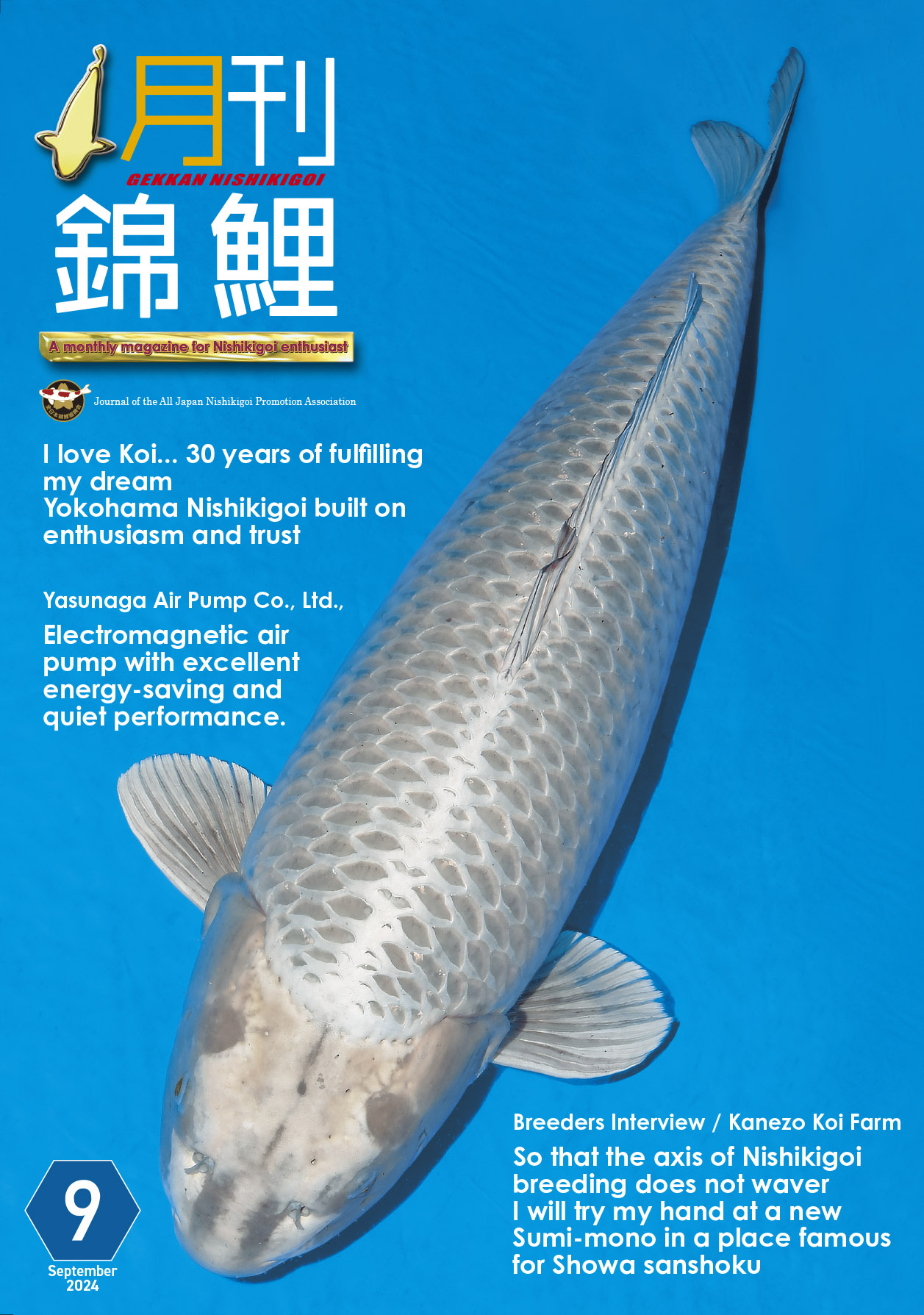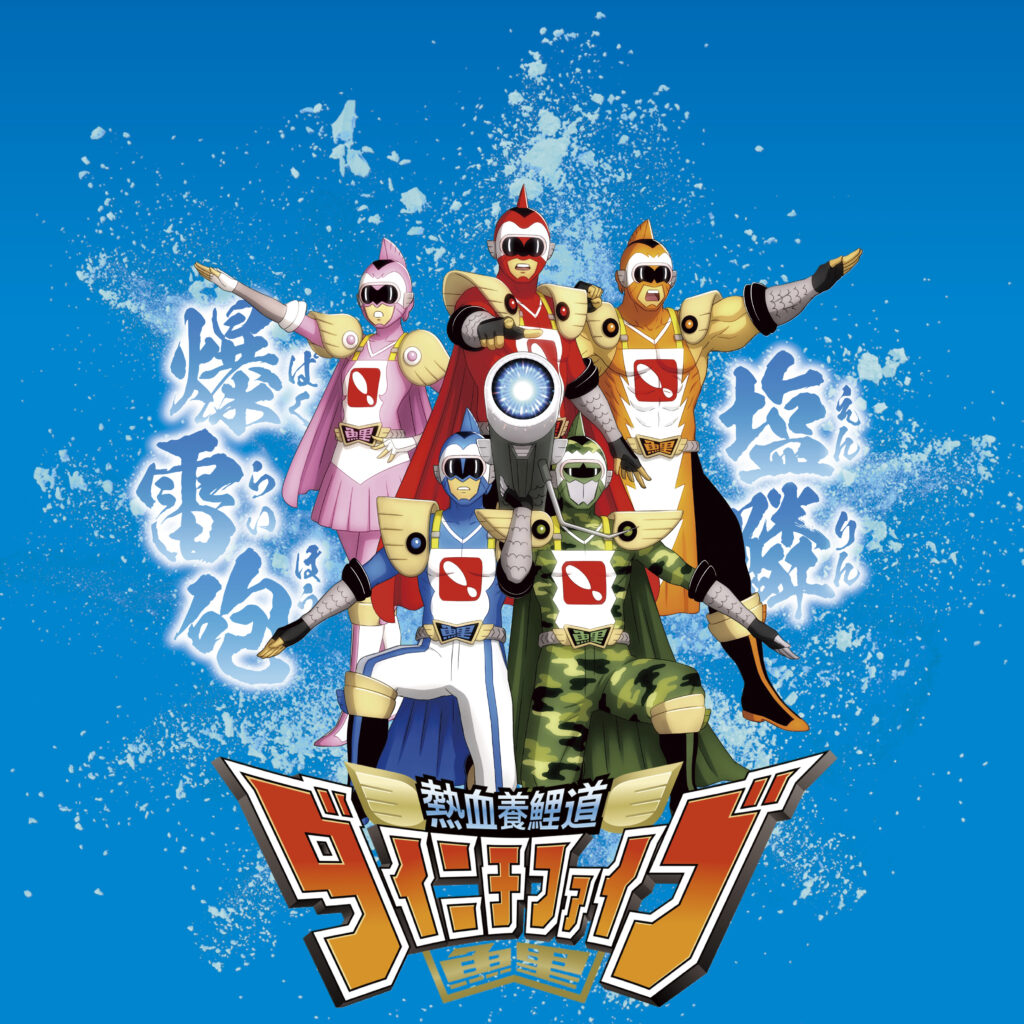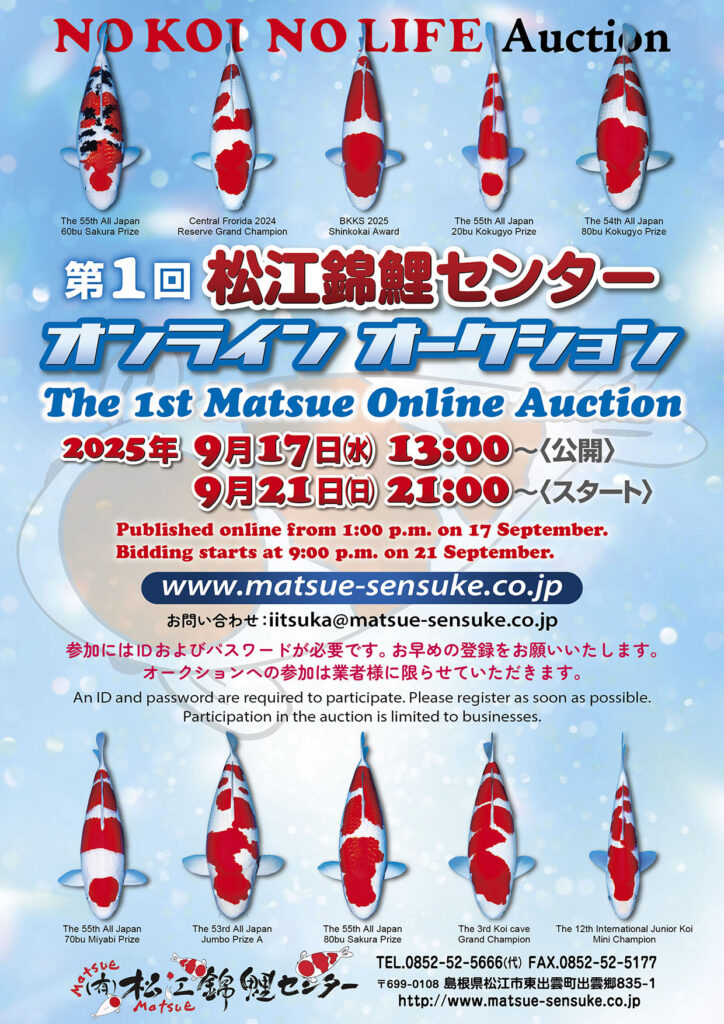Pearl Production Increasingly Difficult,
Yet Original Creator Perseveres
― Everyone knows you as a Showa specialist, but Pearl also has a loyal following.
Sekiguchi: I don’t have much to say about Pearl. For Pearl too, we started harvesting them small, so it’s hard to tell the sheen in the fry ponds. We’ve shifted to keeping those that develop sheen during wintering.
― Is one of the parents of Pearl a Pearl?
Sekiguchi: This can only be done if both are Pearl. I’ve tried various things, but if you cross Pearl with something else, none of them will shine.
― Do you also get regular Ginrin (non-Pearl)?
Sekiguchi: No, we don’t get those. Only Pearl comes from Pearl. We do get regular Kohaku and Sanshoku, but we don’t keep those.
― Pearl is difficult to introduce new blood, isn’t it? Even if you wanted to get some from elsewhere, they probably don’t exist, or if they did, they would have originated from your own koi.
Sekiguchi: It’s impossible now. But occasionally, we get some that have a silver sheen that’s similar to Pearl, even if you can’t quite call them Pearl. There was a Showa male that happened to have that, so I kept it and tried breeding with it last year. It doesn’t have the full Pearl sheen yet, though.
― Do you produce all of the Gosanke in Pearl?
Sekiguchi: I haven’t done Showa until now; it’s basically Kohaku and Sanshoku.
― When breeding Pearl with Pearl, the bloodline inevitably becomes close, doesn’t it?
Sekiguchi: They won’t become Pearl unless the blood is close. So we use a method of separating the blood once and then bringing it back.
― Ah, I see. Even with all that time, effort, and cost, the success rate must be low, right?
Sekiguchi: It’s low. But since no one else is making them, we’re doing it as if they only exist here.
― Are the numbers for autumn harvesting low?
Sekiguchi: On the contrary, we harvest a lot. Because we can’t tell the sheen.
― When does the Pearl characteristic become apparent?
Sekiguchi: Now, it’s usually after March. Before, we used to harvest them when they already had the sheen in the fall, but we’ve learned that it appears later. That might be because we started harvesting them smaller.
― I think people have a certain “image of Pearl” when it comes to your Pearl koi. So, the demands for them must be high.
Sekiguchi: Pearl has an elegant sheen. To put it another way, it lacks flashiness; next to Diamond Ginrin, Diamond looks flashier. And it doesn’t have patterns like Ginrin Kohaku… Recently, Ginrin Kohaku have had really good patterns.
― If you stop, Pearl will disappear, so I really hope you continue.
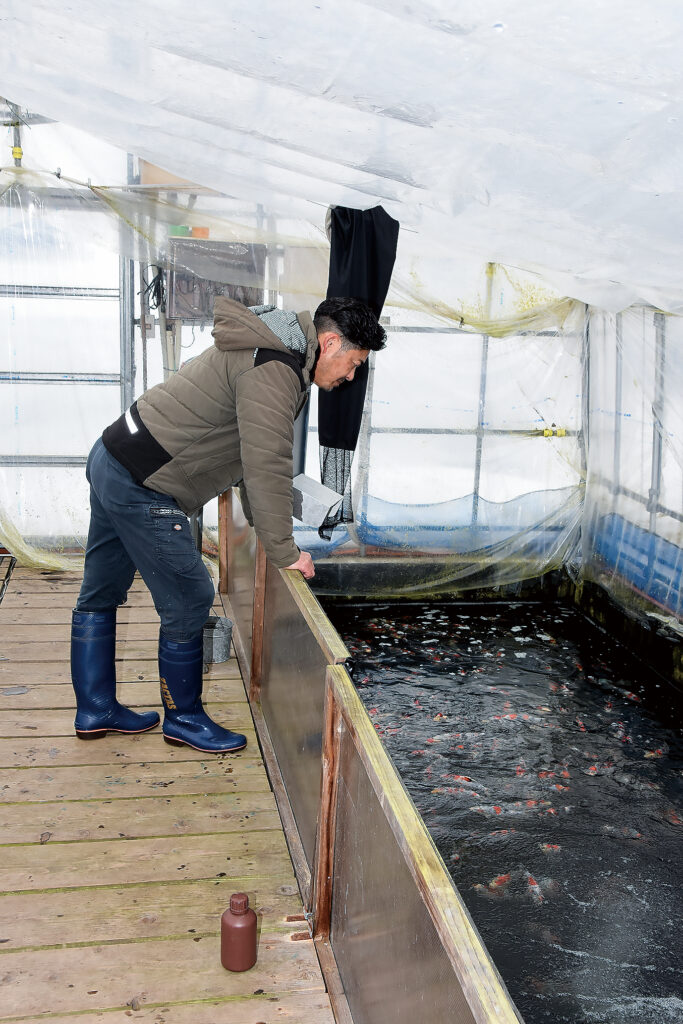
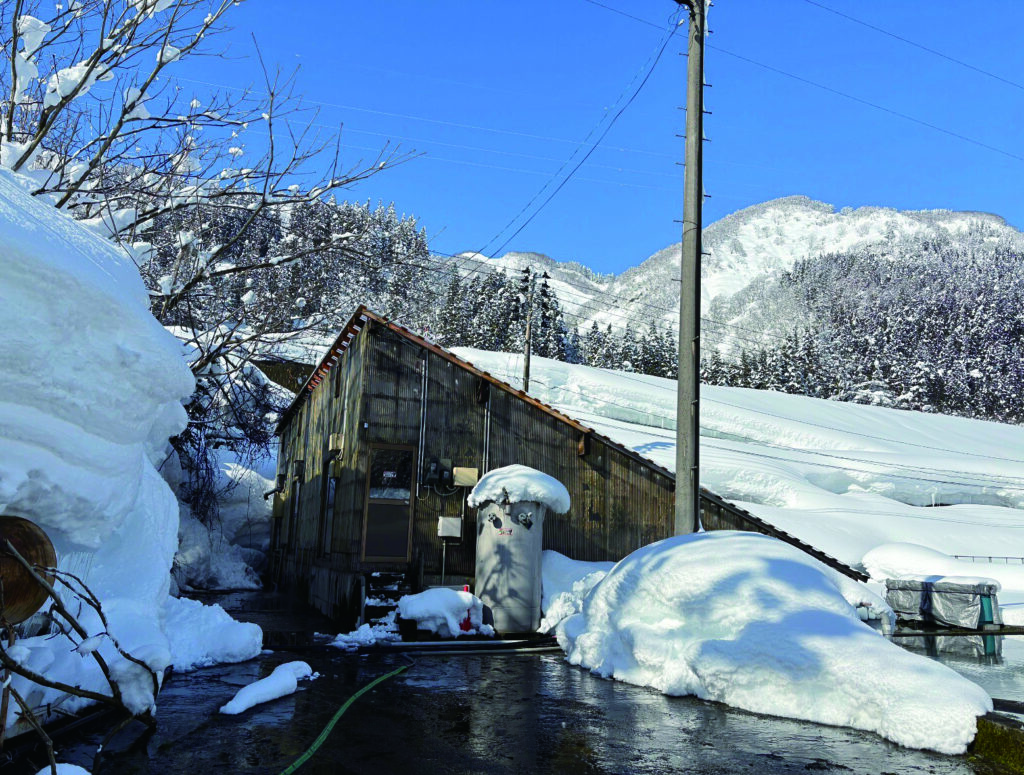

Challenge for the Grand Champion at the Young Koi Show Again
Aiming for a New Sekiguchi Showa
― With five consecutive victories, everyone probably has the impression that Young Koi Grand Champion equals Sekiguchi. That must lead to talk like, “Next year too,” right?
Sekiguchi: It’s also due to luck, so six consecutive wins is a bit much. However, if I were to be greedy, I’d like to challenge for the overall Grand Champion at the Young Koi Show one more time. It’s at a level where I can’t say it lightly anymore, but as long as I’m in the koi business.
― Was the Grand Champion a particularly good koi from the tosai stage?
Sekiguchi: No, not to that extent. We put that one up for the Niigata Auction. It was two years old, I think, when Narita bought it.
― From then on, Narita raised it?
Sekiguchi: That’s right. Narita raised it for its third year, and he contacted me saying it had become really good.
― Did you actually see it and think you could seriously aim for the top?
Sekiguchi: I had high expectations. I rushed to Hiroshima so quickly that I didn’t even bring a suit and had to buy one there.
― Ten years have passed since then, and the level of the Young Koi Show has risen even further, and there are many rivals.
Sekiguchi: It might sound cooler to say I want to aim for the overall Grand Champion at the All Japan, but that’s realistically an impossible realm. However, for the Young Koi Show, we can produce koi of that size, so while the chances aren’t many, as long as I’m producing, I want to challenge it.
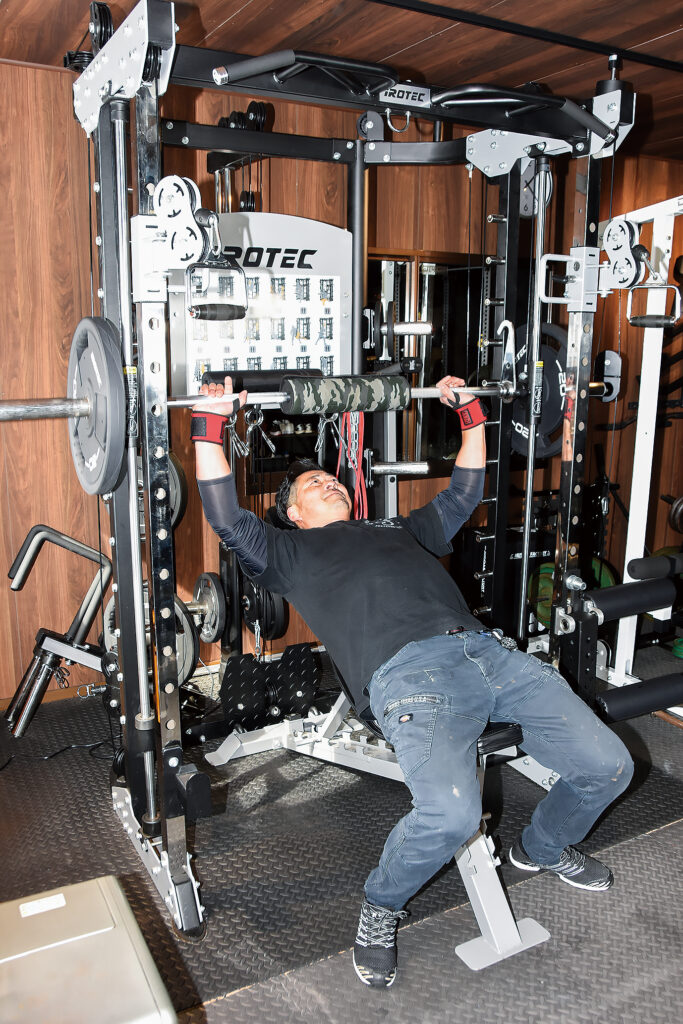
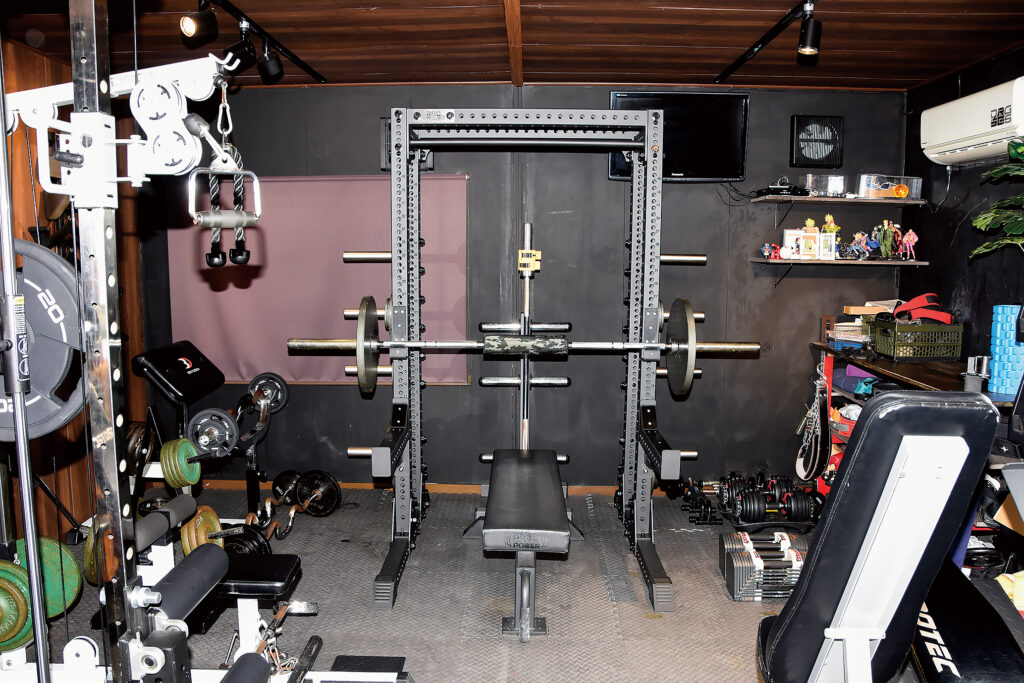
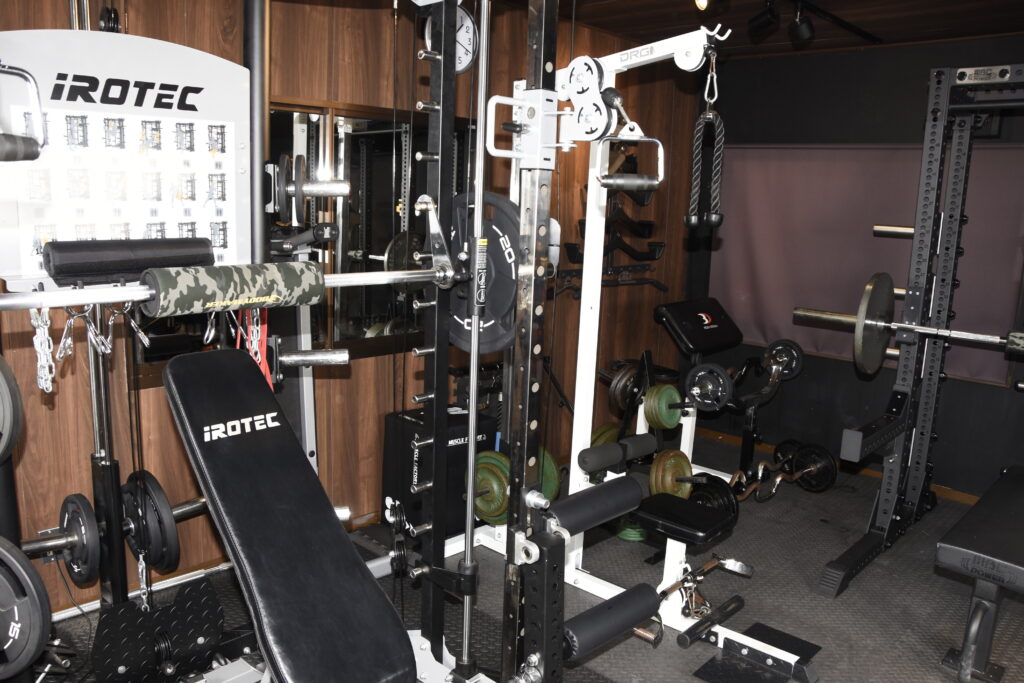
― The Showa finally won the All Japan Grand Champion at this year’s All Japan after a long time. Does seeing something like that inspire you?
Sekiguchi: I’m truly happy about it. Even though it’s called “Gosanke,” when compared to Kohaku and Sanshoku, Showa are often seen as inferior in body. That’s somewhat unavoidable, but it made me very happy to see that Showa can also win.
However, aside from aiming for awards, I also want to establish a new type of Showa. Currently, there are two types: the classic or traditional type, and the modern Showa. I strongly feel like I want to create another one in addition to those.
― “Classic” refers to the Showa with a lot of sumi that everyone imagines. “Modern Showa” has an elegant impression, emphasizing the white ground. If you add another one to that, what kind of image would it be?
Sekiguchi: Currently, I have one pond of Showa that I’m creating with sumi as the main focus. Showa that are dominant in sumi don’t look beautiful at all unless the quality is good, but when there’s a lot of good quality sumi, it creates a somewhat unusual atmosphere. Whether that will be established is still very difficult, but I’m experimenting with one pond. The premise is that the sumi borders must be good, but they have an atmosphere similar to other varieties.
My Showa, if anything, tend to be more feminine, or rather, they’re a bit different from the powerful type of Showa. So, when I tried to produce a strong, sumi-dominant type in one spawn, the sumi turned out to be too strong, but it had a slightly different atmosphere than before. The way the sumi attaches is unique, or something. It’s still vague, but having an impression that makes you instantly think, “This is different from before,” is very important.
― A new Sekiguchi Showa.
Sekiguchi: I want to challenge that. In koi shows, it’s very important for a koi to immediately catch your eye among the others. In the past, when I was young, I couldn’t win the Kokugyo Prize at all. At that time, my own koi looked the best to me, and I didn’t understand why I lost. In the end, that was self-satisfaction, and I realized later that such thinking was bad. I understood that I shouldn’t just make koi that look good to me, but koi that others also find good. I’m not just aiming for koi shows, but I do have a desire to create koi with a strong initial impact.
― This area of Shiozawa is a bit far from the areas where many breeders gather, like Ojiya and Yamakoshi, even within Niigata Prefecture. In such a geographical disadvantage, the awareness of producing fish that attract customers must be important, right?
Sekiguchi: Exactly. If we have the same kind of koi as everyone else, customers won’t come. We have to have koi that meet the purpose of customers who come all the way here.
― We’re looking forward to this year’s production with new parent koi, and expectations are high for the further evolution of Sekiguchi Showa. Thank you very much for your time today.

